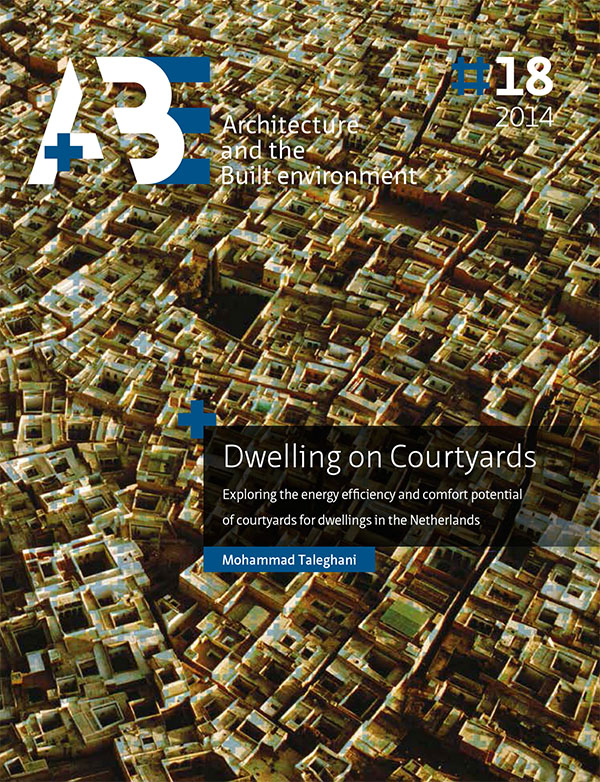Indoor thermal comfort in a courtyard/atrium dwelling
Keywords:
Courtyard, atrium, climate change, heating demand, thermal comfortAbstract
With increased global concerns on climate change, the need for innovative spaces which can provide thermal comfort and energy ef ficiency is also increasing. This paper analyses the effects of transitional spaces on energy performance and indoor thermal comfort of low-rise dwellings in the Netherlands, at present and projected in 2050. For this analysis the four climate scenarios for 2050 from the Royal Dutch Meteorological Institute (KNMI) were used. Including a courtyard within a Dutch terraced dwelling on the one hand showed an increase in annual heating energy demand but on the other hand a decrease in the number of summer discomfort hours. An atrium integrated into a Dutch terraced dwelling reduced the heating demand but increased the number of discomfort hours in summer. Analysing the monthly energy performance, comfort hours and the climate scenarios indicated that using an open courtyard May through October and an atrium, i.e. a covered courtyard, in the rest of the year establishes an optimum balance between energy use and summer comfort for the severest climate scenario.


